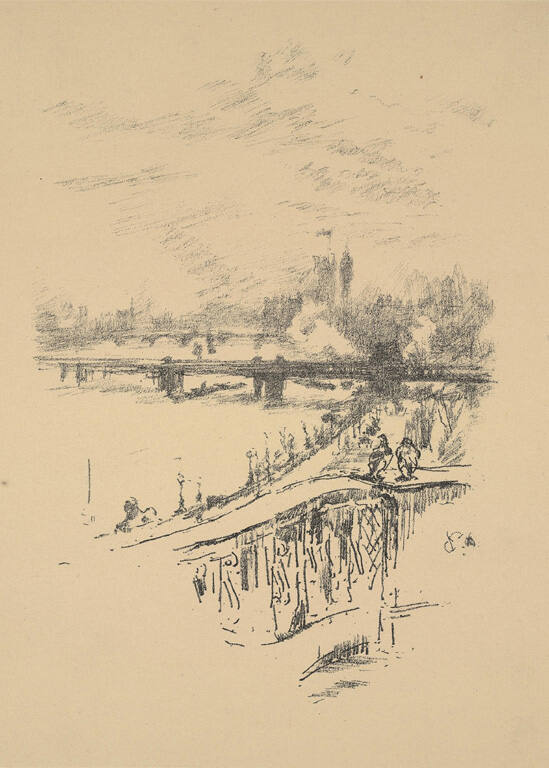Albrecht Dürer
(German, 1471–1528)
The Descent into Limbo (Harrowing of Hell), from the Large Passion (published 1511)

Object Details
Artist
Albrecht Dürer
Date
1510
Medium
Woodcut
Dimensions
15 1/2 x 11 3/16 inches (39.4 x 28.4 cm)
Credit Line
Bequest of William P. Chapman, Jr., Class of 1895
Object
Number
57.137
The Harrowing of Hell in Roman Catholic tradition refers to the period between Christ’s death on t(…)
The Harrowing of Hell in Roman Catholic tradition refers to the period between Christ’s death on the cross and his resurrection when Christ descended to the underworld and saved all of the righteous who had died before him. In this woodcut, Christ reaches down to rescue a grateful soul from torment while Adam and Eve, the first humans created by God, recognizable by their pre-expulsion nudity, stand at left. In one hand, Adam holds the fruit of original sin that resulted in the fall of humankind; in the other, the cross through which Christ has redeemed that sin. Dürer, by this time informed by the lessons of classical sculpture from his time in Italy, gives the nude Adam an idealized, beautiful form, despite the long beard which signals his extended period of waiting for release by Christ.
Christ himself appears muscular like a classical Apollo, nude but for a dramatically billowing togalike cloth that may reference the burial shroud in which he was entombed.
(“Undressed: The Nude in Context, 1500-1750,” text by Andrew C. Weislogel and presented at the Johnson Museum February 9-June 16, 2019)












